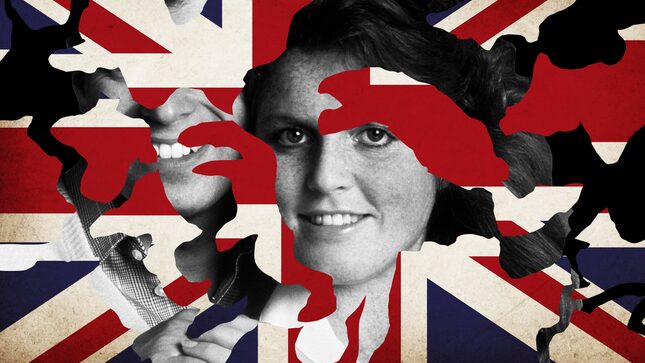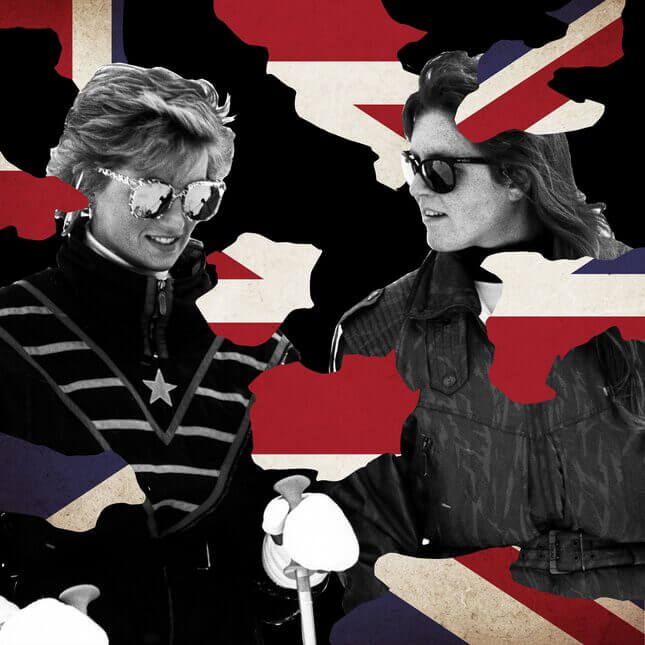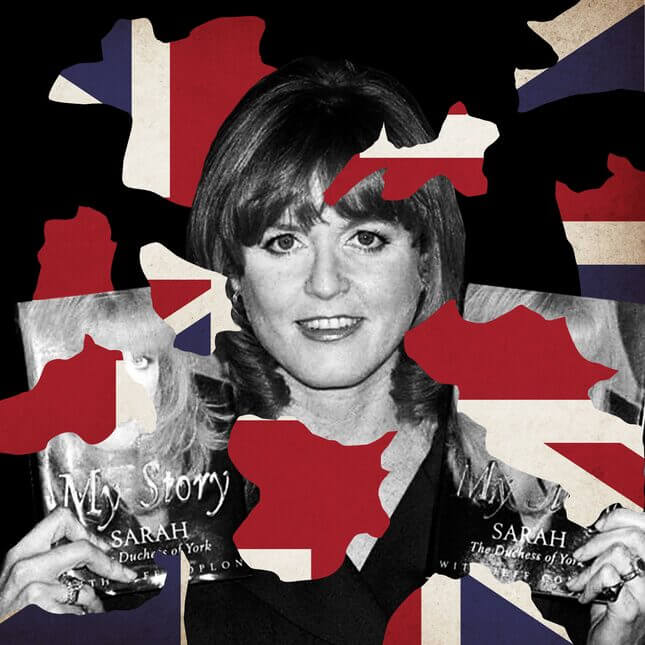The Rise and Fall and Attempted Rise Again of Sarah Ferguson, Duchess of York
In Depth
Image: Elena Scotti
Harry and Meghan and the success of The Crown have inspired a renewed level of interest in all the people who populate the archaic structure of monarchy. The Windsors’ increased profile means additional attention on a whole cast of characters who would normally slink unnoticed by all but the most obsessive royalist: This includes Sophie, Countess of Wessex, a nonentity through the 2000s to everybody but royal superfans, and Lady Amelia Windsor, “most beautiful royal” and 39th in line for the succession. But most importantly, it means the return of a character who seemed lost to the 1990s: Sarah Ferguson, Duchess of York, a.k.a. the original Fergie, a case study in the shifting narratives that form and reform around royal women.
When Sarah Ferguson first joined the long-running primetime soap opera The Windsors in the 1980s as love interest to Prince Andrew, she was a popular figure, both inside and outside of the family; for a while, she was cast in a role very close to that of Meghan Markle, as the breath of fresh air livening up the stiff royal scene. But while Markle was welcomed as a progressive figure, a woman with a thriving career and a history of philanthropy and activism, Fergie’s narrative was that she was jolly, rowdy, horsey, charming—and, thrillingly, just a bit vulgar. For instance, Vanity Fair reported that Prince Philip was “tremendously taken with her off-color after-dinner jokes.”

It didn’t help that she was paired with and compared to Diana, who was more beautiful than ever and yet increasingly publicly miserable as Fergie arrived on the scene. At first they were “The Merry Wives of Windsor,” as the media dubbed them, a couple of girls having fun together. But in 1987, Vanity Fair asked, “Is Fergie’s Fizz Leaving Di Flat?” The subhead made it even more clear that Fergie was her foil: “In the year since her wedding, the rambunctious redheaded Duchess of York has charmed the Queen, captivated Prince Philip, and romped away with the hearts of the British public. Her angst-free antics have highlighted the mounting pressures on the Princess of Wales.”
-

-

-

-

-

-

-

-

-

-

-

-

-

-

-

-

-

-

-

-

-

-

-

-

-

-

-

-

-

-

-

-

-

-

-

-

-

-

-

-










































